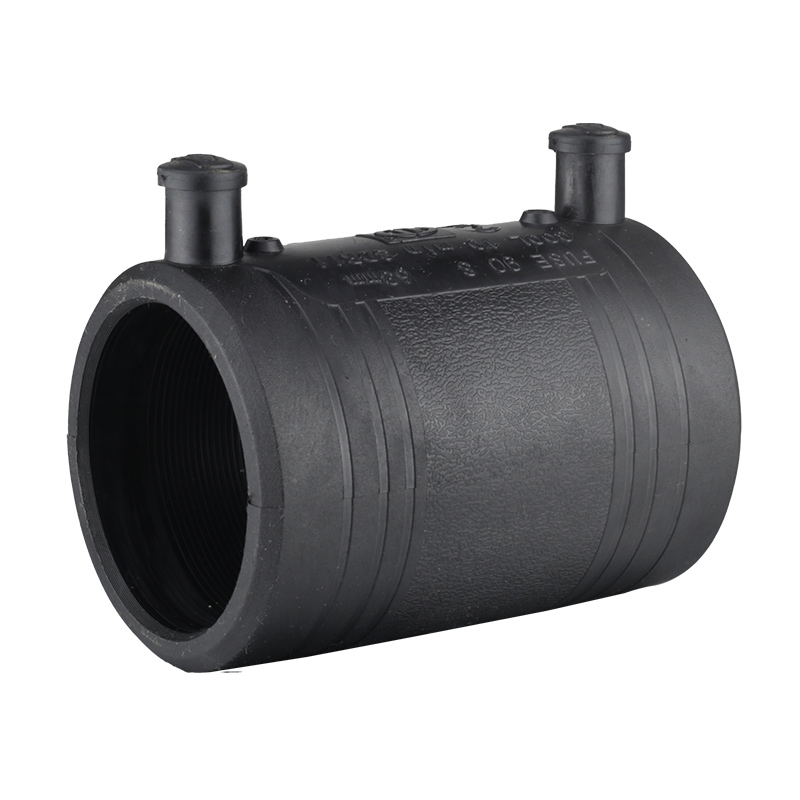In the era of technological advancements, smart homes have become increasingly popular. These homes are equipped with various devices and systems that enhance convenience, security, and energy efficiency. However, amidst the plethora of features and functionalities, one element stands out as the most crucial in transforming a regular home into a truly intelligent one. In this article, we delve into the depths of smart home technology to unveil the most important element that drives its success.
The Backbone of a Smart Home: Integration
Integration is undeniably the most vital element in a smart home. It refers to the seamless connection and coordination between various devices, systems, and applications within the home ecosystem. Without proper integration, a smart home would merely consist of isolated gadgets, rendering it inefficient and impractical.
- Interconnectivity:
The foundation of integration lies in interconnectivity. Smart homes rely on a robust network infrastructure that enables devices to communicate with each other. Whether it's through Wi-Fi, Bluetooth, or other wireless protocols, a reliable and secure network ensures smooth data transmission and control. - Centralized Control:
Integration empowers homeowners with centralized control over their smart devices. A well-designed smart home system provides a single interface, such as a smartphone app or a voice assistant, to manage and monitor all connected devices. This unified control not only simplifies operation but also enhances user experience and accessibility. - Automation and Intelligence:
Integration enables automation, which is the essence of a smart home. By integrating sensors, artificial intelligence, and machine learning algorithms, a smart home can learn and adapt to its occupants' preferences and behaviors. This intelligence allows for automated actions, such as adjusting lighting, temperature, and security settings, based on predefined rules or real-time data. - Ecosystem Expansion:
Integration paves the way for future expansion and compatibility. A truly smart home should be able to integrate with emerging technologies and devices, ensuring its longevity and adaptability. Compatibility with popular smart home platforms and protocols, such as Apple HomeKit, Google Assistant, or Zigbee, allows homeowners to seamlessly incorporate new devices into their existing ecosystem.
The Impact of Integration on Smart Home Experience:
- Convenience and Efficiency:
Integration eliminates the need for manual control of individual devices, streamlining daily routines and enhancing convenience. Imagine arriving home, and the integrated system automatically unlocks the door, adjusts the temperature, and turns on the lights based on your preferences. Integration optimizes energy consumption, reducing utility bills and environmental impact. - Enhanced Security:
Integration plays a crucial role in bolstering home security. By integrating surveillance cameras, motion sensors, and smart locks, homeowners can monitor and control their home's security from anywhere. Integration with security systems enables real-time alerts and notifications, ensuring prompt response to potential threats. - Personalization and Comfort:
Integration allows for personalized experiences tailored to individual preferences. From customized lighting scenes to personalized entertainment recommendations, a smart home can adapt to occupants' needs, creating a comfortable and enjoyable living environment.
Conclusion:
In the realm of smart homes, integration emerges as the most important element, acting as the backbone that connects and harmonizes various devices and systems. It enables interconnectivity, centralized control, automation, and compatibility, ultimately enhancing convenience, security, and personalization. As technology continues to evolve, integration will remain the key to unlocking the full potential of smart homes, transforming them into intelligent living spaces that cater to our every need.




More Stories
Maximizing Retail Space with Innovative Display Hooks
Why Bluetooth Water Bottles Are Becoming Popular Among Fitness Enthusiasts
Customizing Intelligent Circulation Fan Remote Controls for OEM and ODM Projects